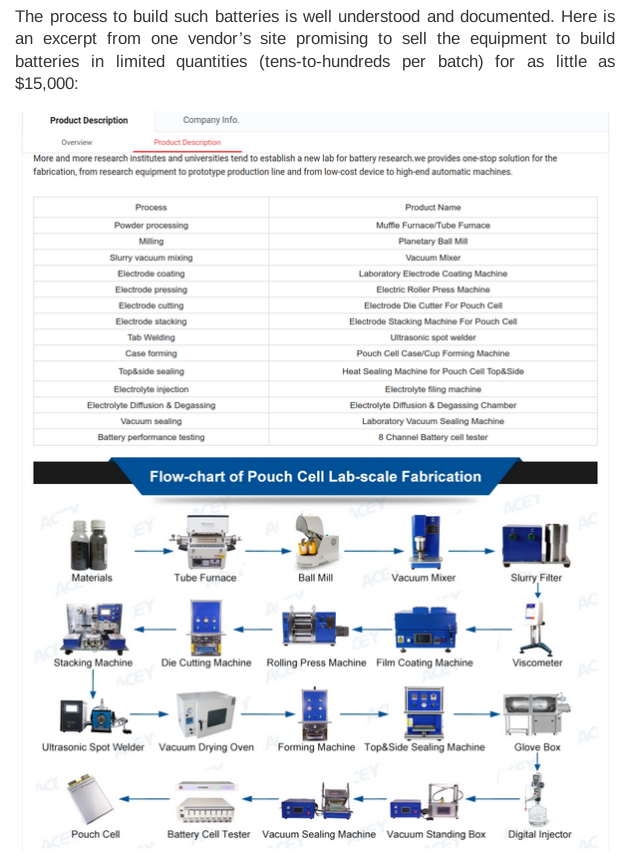8
95
9
319
10
40
Researchers observe “locked” electron pairs in a superconductor cuprate | SLAC
(www6.slac.stanford.edu)
11
130
12
31
13
46
15
59
X Loses Battle to Protect Genshin Impact Leaker's First Amendment Anonymity
(torrentfreak.com)
17
258
18
33
21
126
25
97
view more: next ›
Technology
58164 readers
3554 users here now
This is a most excellent place for technology news and articles.
Our Rules
- Follow the lemmy.world rules.
- Only tech related content.
- Be excellent to each another!
- Mod approved content bots can post up to 10 articles per day.
- Threads asking for personal tech support may be deleted.
- Politics threads may be removed.
- No memes allowed as posts, OK to post as comments.
- Only approved bots from the list below, to ask if your bot can be added please contact us.
- Check for duplicates before posting, duplicates may be removed
Approved Bots
founded 1 year ago
MODERATORS
